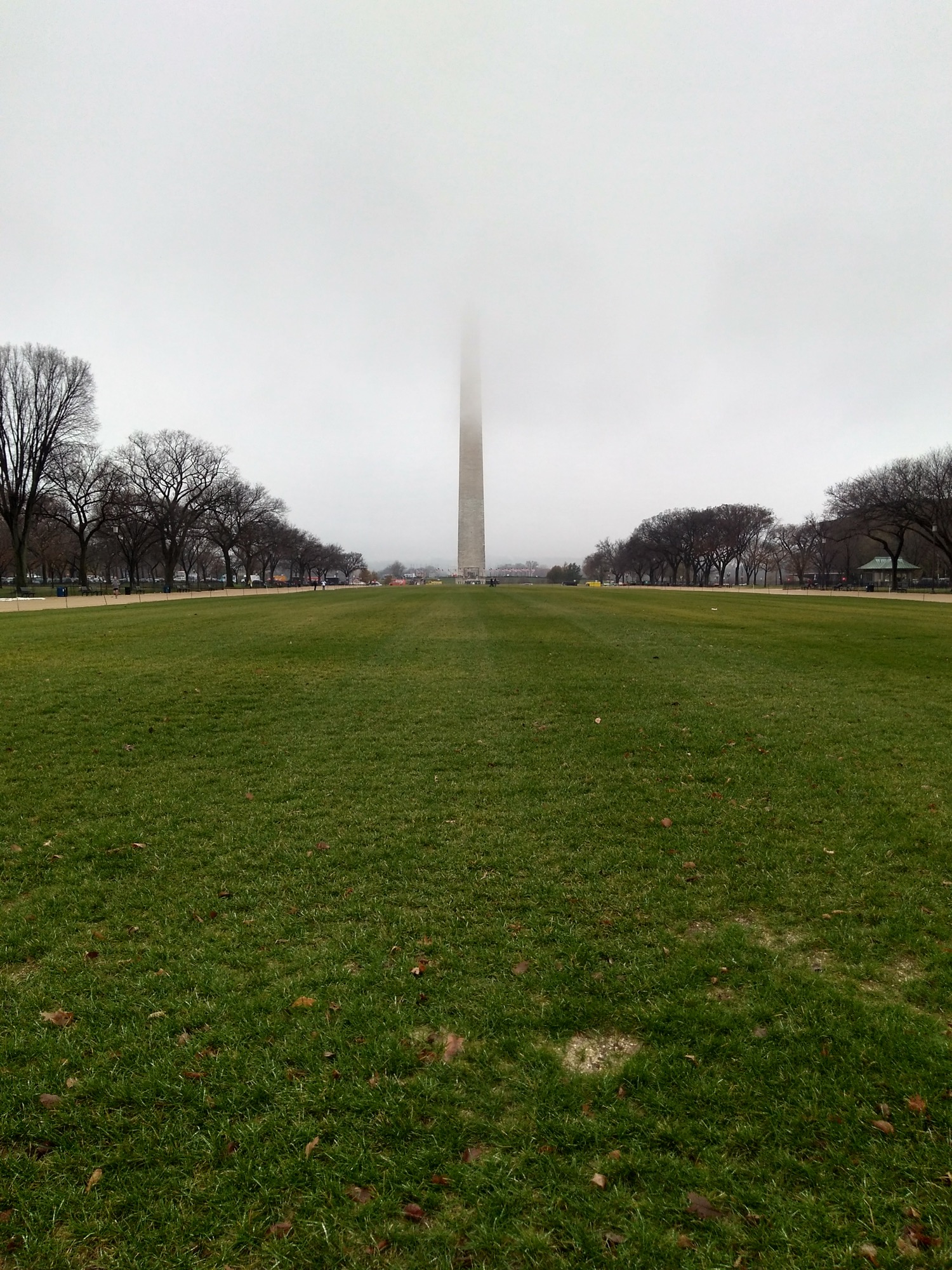Story by Design Dalda

Built to commemorate George Washington, one of the founding fathers of the United States of America and the nation’s first president, stretching 555 feet in the sky, the Washington Monument, an obelisk completed in 1884 is the tallest monument in Washington DC. It was for some time the tallest human-built monument in the








